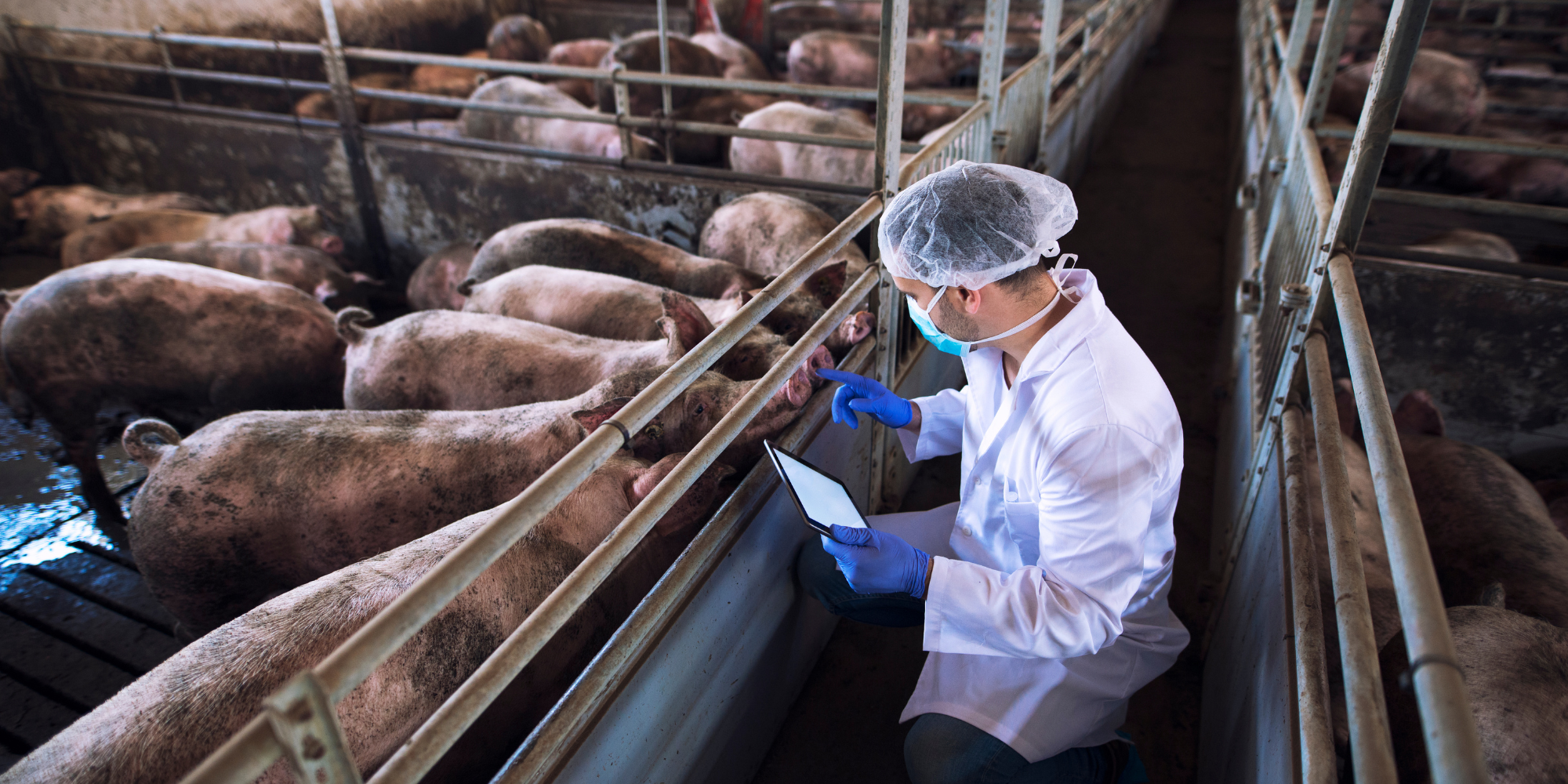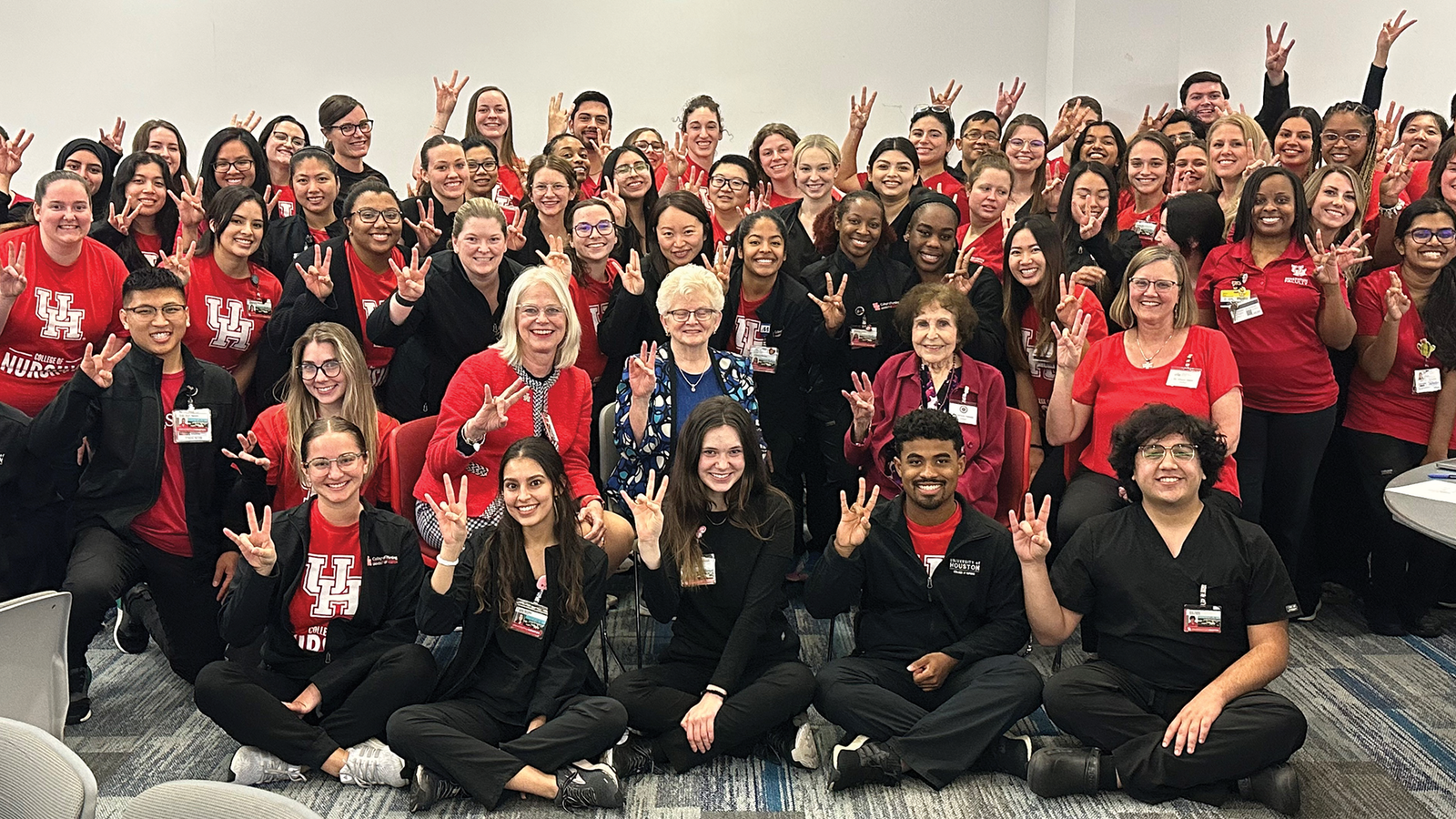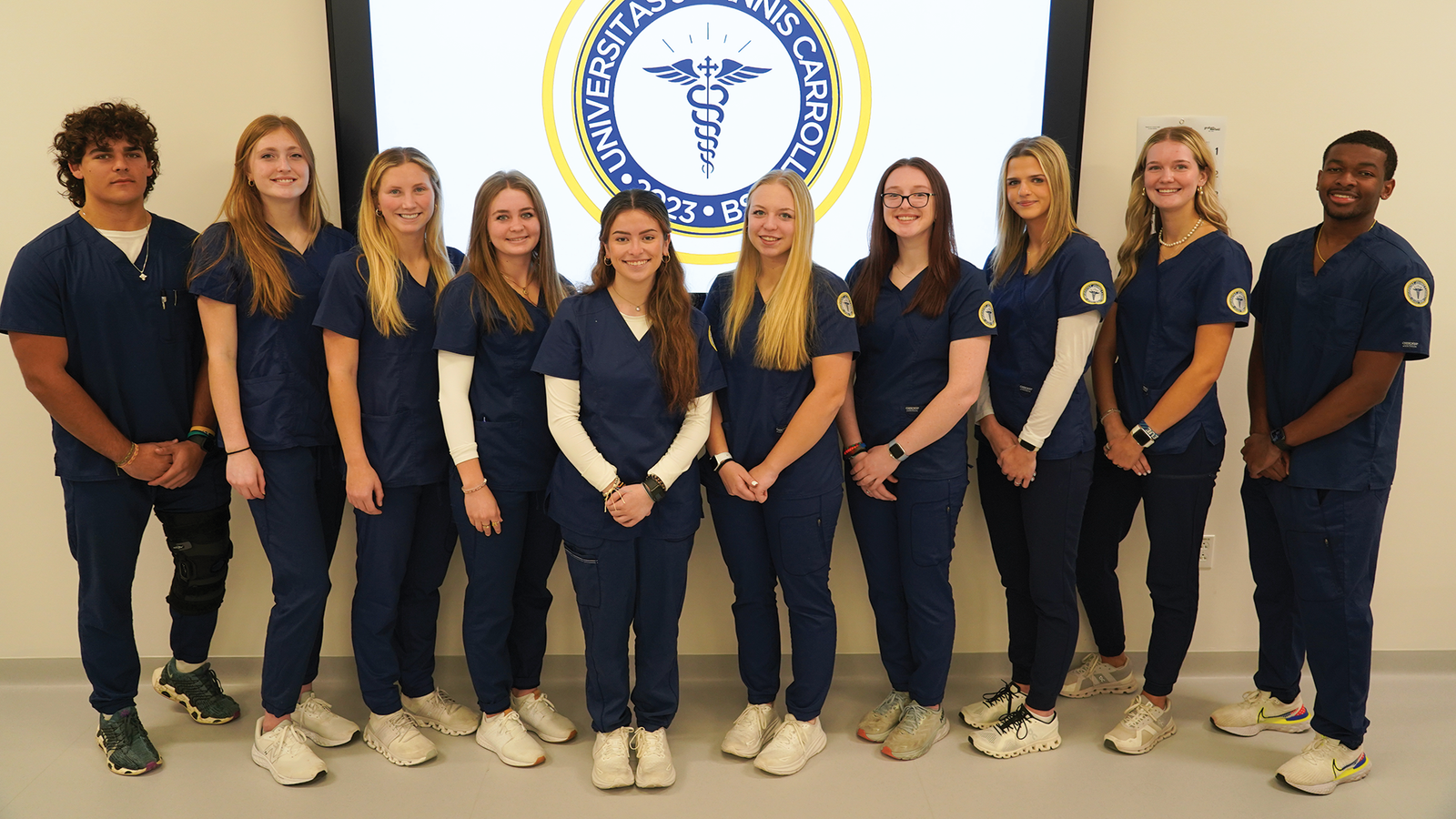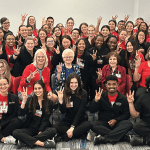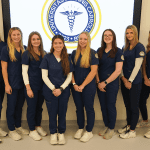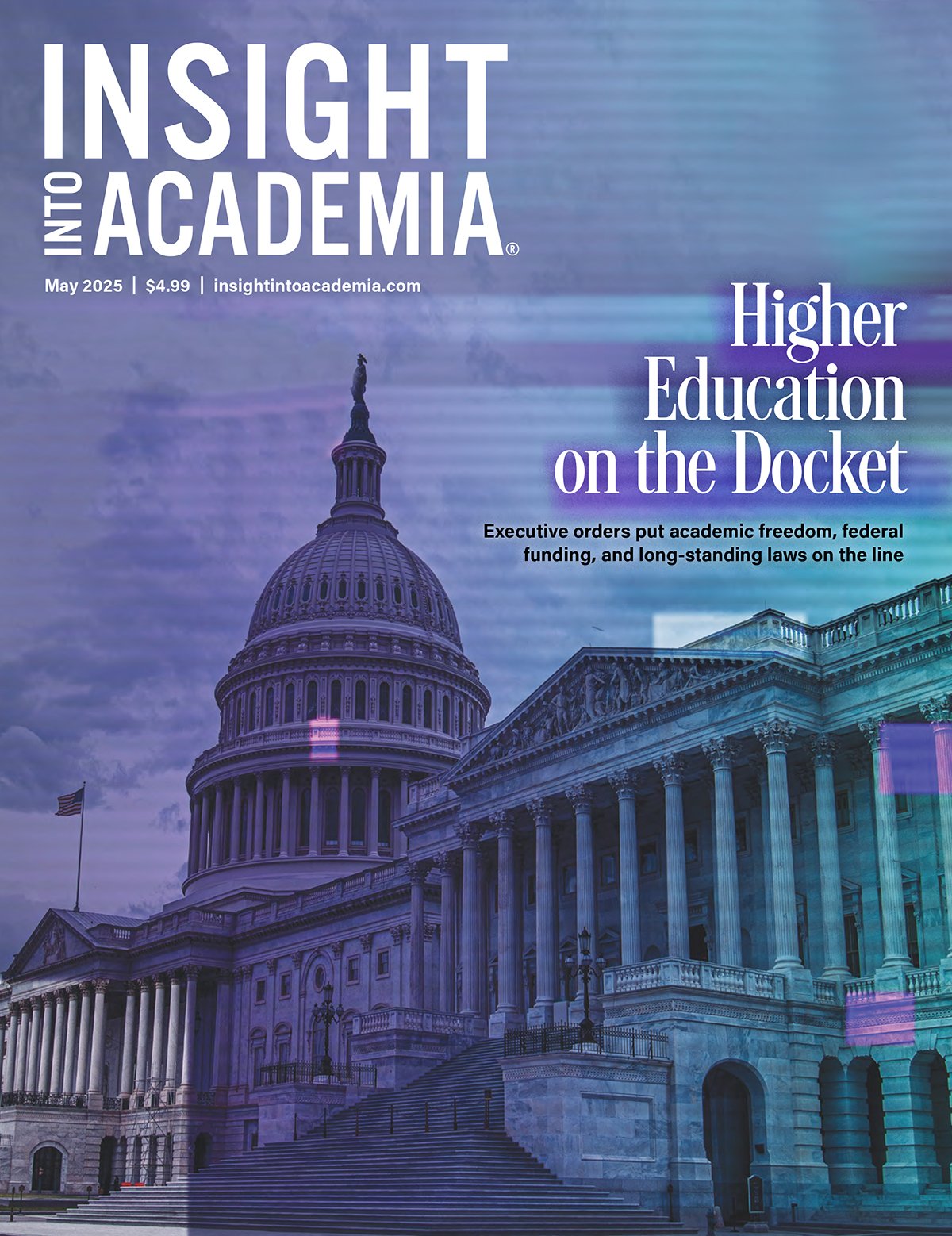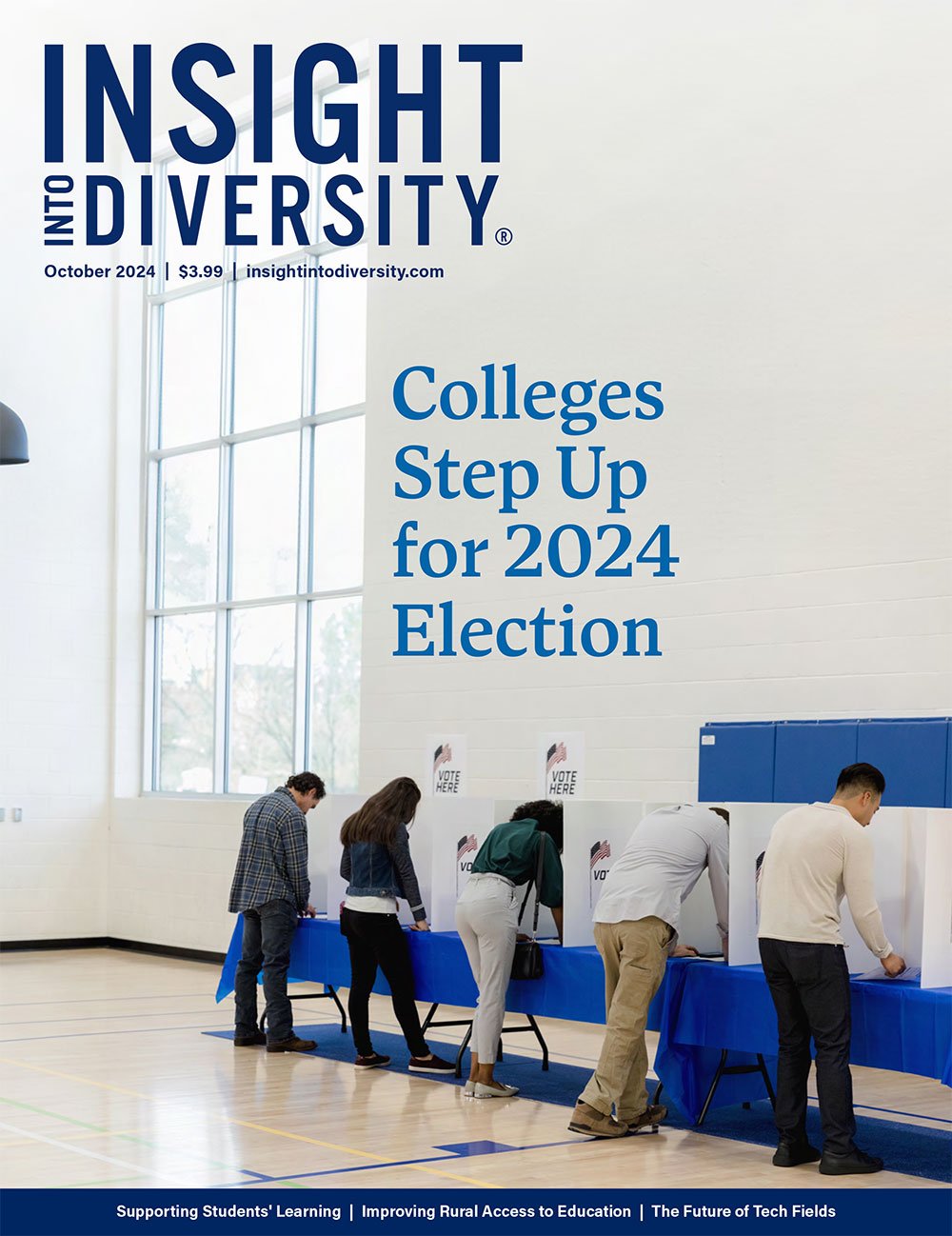The national shortage of farm and livestock veterinarians could have serious ramifications for animal welfare, food safety, and disease transmission, and potentially stifle the economies of hundreds of rural communities.
Critical policy changes are needed to correct the problem, says Clinton Neill, PhD, assistant professor in veterinary economics for the Cornell University Center for Veterinary Business and Entrepreneurship.
“The decline in food animal veterinarians in rural areas heightens concerns for a number of risks, including food safety threats, animal disease outbreaks, the potential passing of animal diseases to human populations, and decreasing rural economic growth,” he says. “In essence, veterinarians protect the whole of the human and animal population, so it is critical that we have a strong pipeline of practitioners to work in rural areas.”
More than 500 counties across 46 states are experiencing shortages of farm and livestock veterinarians, according to the U.S. Department of Agriculture (USDA). As of 2023, just 5 percent of all practicing veterinarians provide services to livestock and farm animals and only 3 to 4 percent of new graduates have pursued the practice over the past 20 years, per a recent report from Neill, “Addressing the Persistent Shortage of Food Animal Veterinarians and Its Impact on Rural Communities,” commissioned by the Farm Journal Foundation.
To address this issue, the federal government and higher education institutions must take steps to encourage the growth of the rural veterinary profession, says Neill. His policy recommendations involve providing more federal and state funding for colleges and universities to create these programs, identifying more training opportunities, and increasing recruitment of students from rural backgrounds who may be more inclined to live and work in shortage areas postgraduation.

A number of veterinary schools have already established such initiatives. The Texas Tech University School of Veterinary Medicine in Amarillo, for example, recently partnered with the Hereford Veterinary Clinic to build an 18,000-square-foot instructional site for students in their final year. The clinical facility will allow for hands-on experience in the livestock industry through multiple areas of study, including animal health and nutrition, food safety, and regulatory veterinary medicine.
“The decline in food animal veterinarians in rural areas heightens concerns for a number of risks, including food safety threats, animal disease outbreaks, the potential passing of animal diseases to human populations, and decreasing rural economic growth.”
Clinton Neill, PhD

The Kansas State University College of Veterinary Medicine operates the Summer Program for Aspiring Rural Kansas, which connects undergraduate and graduate students with rural veterinary practitioners to shadow through a weeklong immersive experience. Participants also learn how to design competitive applications for the doctor of veterinary medicine degree program.
To address this nationwide issue, the USDA’s National Institute of Food and Agriculture recently increased funding to $10 million for the 2023 Veterinary Medicine Loan Repayment Program (VMLRP). The program allows veterinary graduates to receive up to $75,000 in student loan repayments over three years if they work in a rural shortage area.
The VMLRP is valuable for potential rural veterinarians given that tuition debt rates have grown while compensation has stagnated; however, the federal government should do more to expand the program, says Neill. He suggests increasing funding, widening the application criteria, and making loan repayments tax free, all of which would encourage more veterinary students and graduates to apply.
“Opportunities exist at the intersection of federal, state, and higher learning institutions to address shortages,” says Neill. “In the short term, providing solutions to the debt problem is paramount. In the long term, policy interventions should focus on creating pathways for students from rural backgrounds and veterinary education programs to become food animal veterinarians.”●
This article was published in our May 2023 issue.


